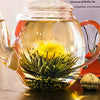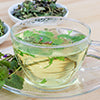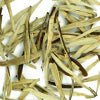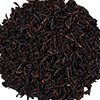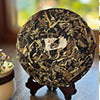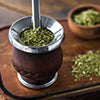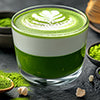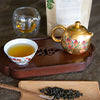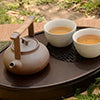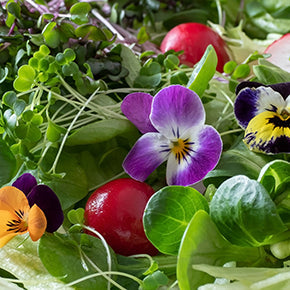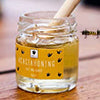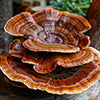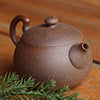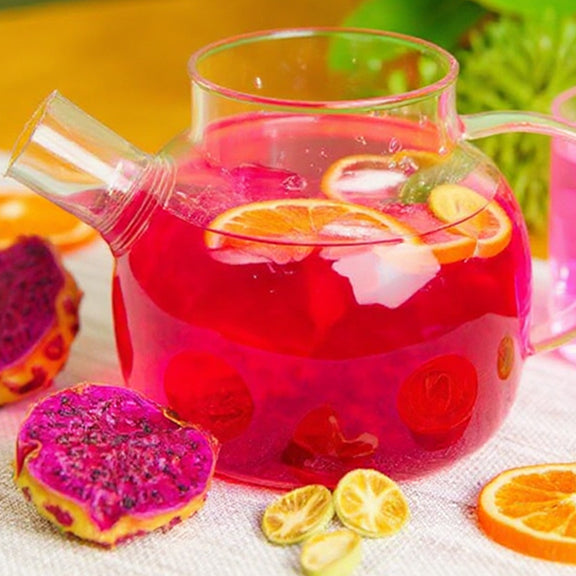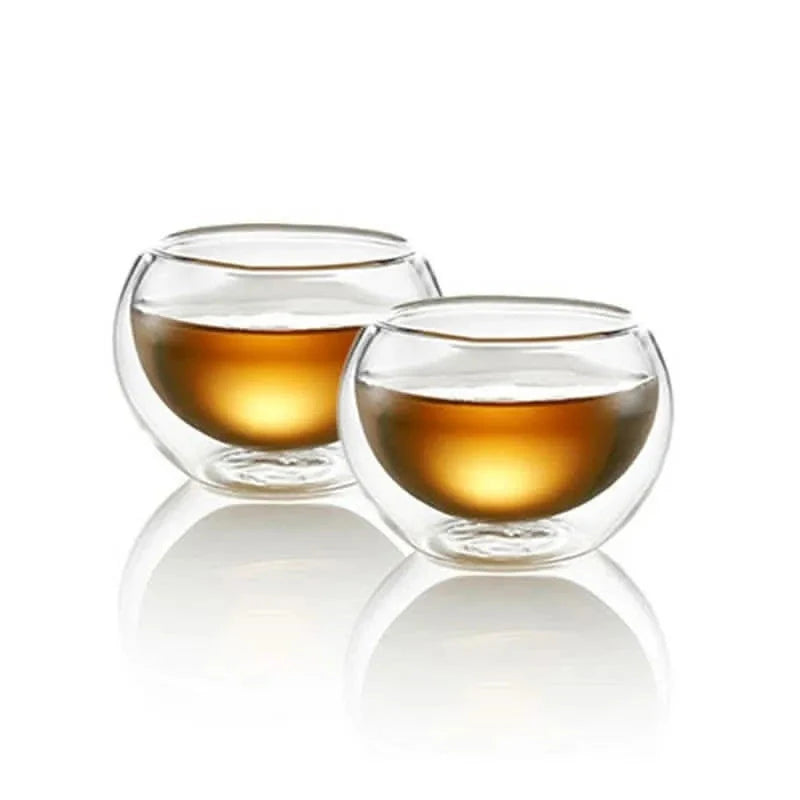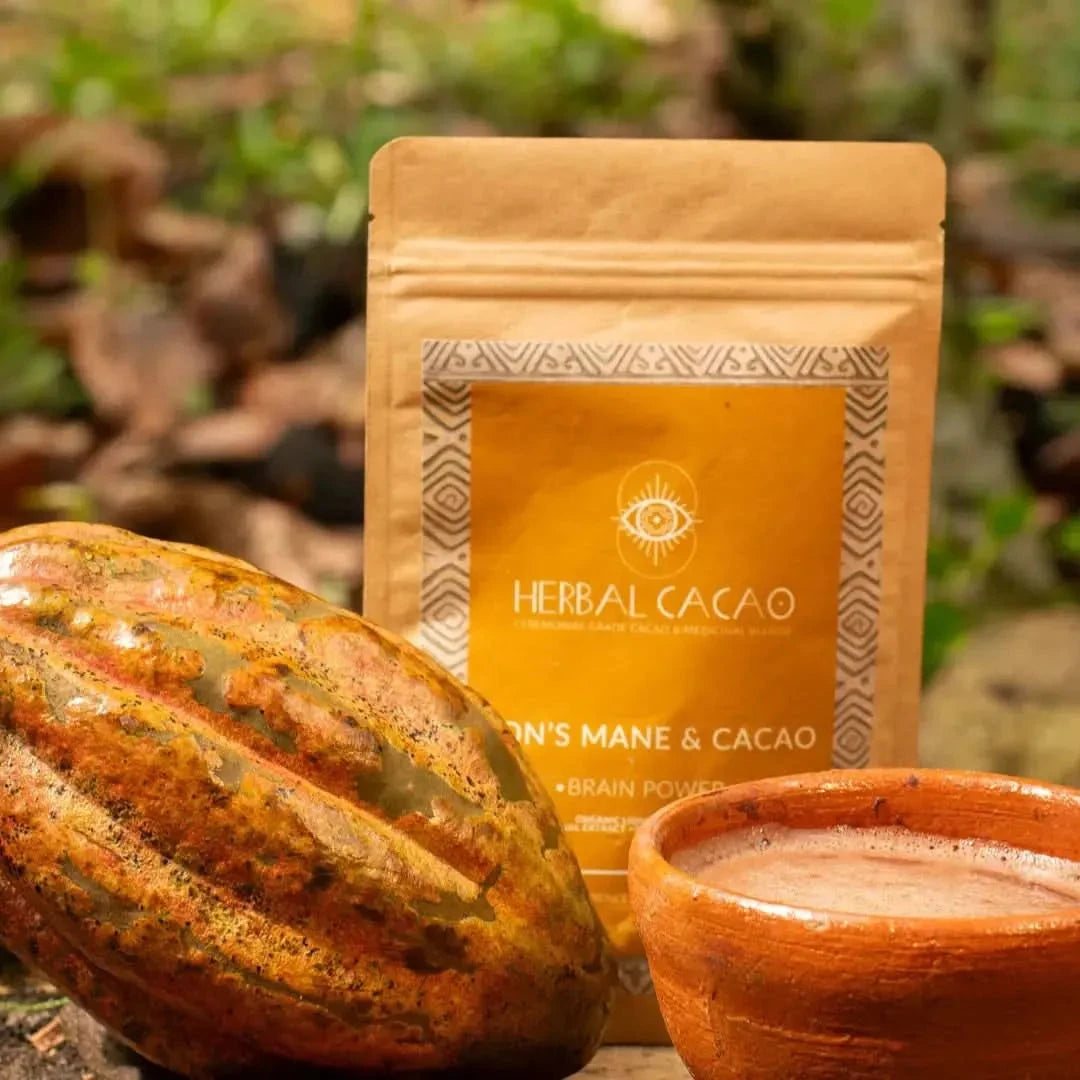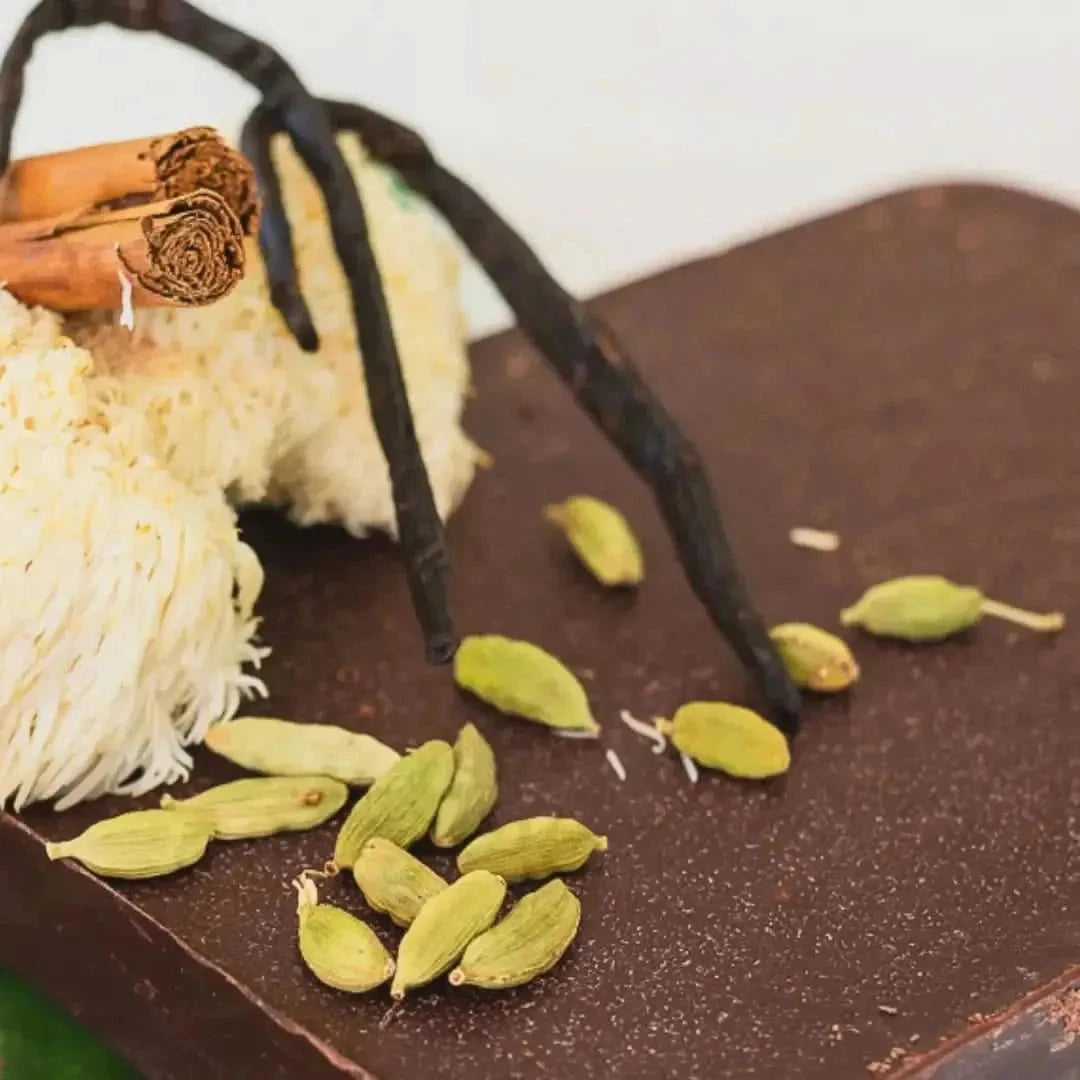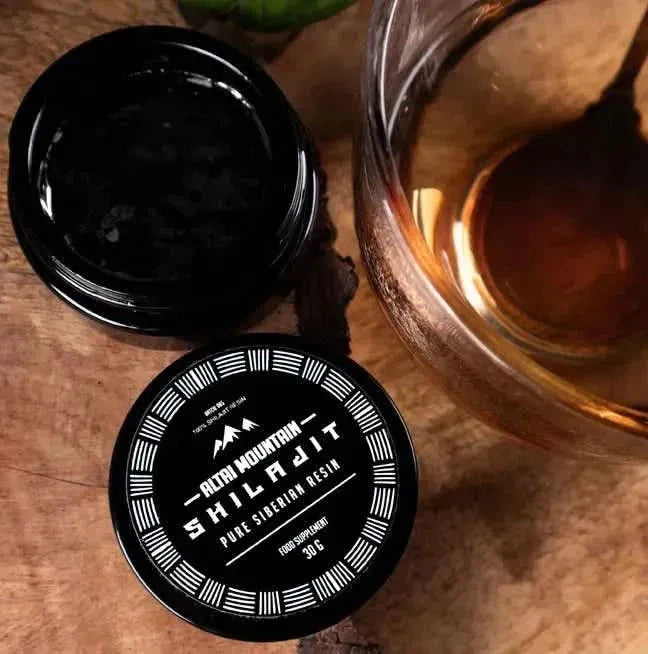
Step into the mystical world of the Blue Lotus (Nymphaea caerulea), a captivating water lily native to the Nile River. Revered for millennia, this striking flower holds a rich history intertwined with ancient spirituality, traditional medicine, and cultural rituals. Often called the Blue Water Lily or the Sacred Blue Lily of the Nile, it's more than just a beautiful bloom; it's a symbol of rebirth, consciousness, and tranquility.
Join us as we explore the fascinating journey of the Blue Lotus, from its divine status in Ancient Egypt to its modern revival as a cherished herbal infusion known for its potential to soothe the mind, enhance well-being, and perhaps even unlock vivid dreams.

A Divine Symbol: Blue Lotus in Ancient Egypt
Ancient Egyptians held the Blue Lotus in profound reverence, deeply connecting it to their cosmology. They observed its unique daily cycle – petals unfurling at dawn, tracking the sun, and closing at dusk – mirroring the journey of the sun god Ra and symbolizing rebirth and regeneration, concepts central to their beliefs about life and the afterlife (linked to Osiris, god of the underworld).
This sacred symbolism permeated Egyptian art, appearing frequently in tomb paintings, on papyri, and carved into artifacts. Hieroglyphs often depicted gods and pharaohs holding or receiving the flower, signifying divinity and high status.
Beyond symbolism, the Blue Lotus played a vital role in religious ceremonies and shamanistic practices due to its psychoactive properties. Egyptians believed it could bridge the gap between the physical world and the divine, facilitating spiritual connection and communication with the gods or the afterlife. References in texts like the "Egyptian Book of the Dead" highlight its use in magical and religious rituals.
Evidence, such as the Turin Papyrus and tomb frescoes (like those of Nebamun), suggests its use in exclusive gatherings and rituals, potentially involving sacred wines infused with Blue Lotus extract, hinting at its perceived aphrodisiac and consciousness-altering qualities.
Botanical Profile: Understanding Nymphaea Caerulea

Despite its common name, the Blue Lotus (Nymphaea caerulea) is technically a water lily, not a true lotus. This aquatic perennial thrives in calm, fresh waters like the Nile delta, its roots anchored in the mud while its round leaves and stunning blue-to-violet flowers float gracefully on the surface.
Its captivating daily bloom cycle (opening mid-morning, closing mid-afternoon) fascinated the ancients and continues to intrigue botanists. The flower's allure is further enhanced by its enchanting fragrance, often depicted in Egyptian art with figures inhaling its scent.
The key to its historical use lies in its bioactive compounds, primarily the alkaloids apomorphine and nuciferine.
- Apomorphine: A dopamine agonist (activates dopamine receptors), known for inducing feelings of euphoria and relaxation.
- Nuciferine: An alkaloid thought to have calming, antispasmodic effects, potentially contributing to feelings of tranquility.
The plant also contains beneficial flavonoids like quercetin and kaempferol, known for their antioxidant and anti-inflammatory properties.
Traditional Uses & Potential Benefits
For millennia, Blue Lotus has been employed in traditional medicine systems, particularly in Egypt and parts of Asia. Its reputation stems from the combined effects of its unique alkaloids and flavonoids.
Promoting Relaxation and Well-being
Perhaps its most celebrated use is for promoting relaxation and a sense of calm euphoria. Traditionally used to ease stress, anxiety, and aid sleep, the alkaloids apomorphine and nuciferine are thought to contribute to these effects.
Supporting Physical Comfort
Antioxidants and anti-inflammatory compounds suggest potential benefits. Traditional systems used Blue Lotus for ailments like diarrhea and fevers. Nuciferine's antispasmodic qualities might also help soothe digestive discomfort.
Enhancing Dreams and Consciousness
Ancient cultures recognized its psychoactive potential, using it for mild euphoria, altered awareness, and potentially vivid dreams. While scientific evidence is limited, anecdotal reports persist.

How to Prepare Blue Lotus Tea & Other Methods

The most common way to experience Blue Lotus today is through a simple herbal infusion or tea.
Brewing the Tea
Gently steep 1-2 teaspoons (or 1-2 whole flowers, ~5g) in hot (not boiling, ~80-90°C) water for 10-15 mins. Add honey or lemon if desired. Effects vary by dose; start low (~5g) for relaxation, higher (~10g+) for more euphoria.
Other Preparations
- Tinctures: Steep dried flowers in alcohol for weeks.
- Wine Infusion: Steep flowers in wine for hours/days.
- Smoking: Dried petals can be smoked (less common).
Always source high-quality, ethically harvested flowers.
Creative Blue Lotus Blends
Sensual Rose & Lotus Infusion
Combine equal parts Blue Lotus and rose petals, add a touch of cinnamon. Steep 10-15 mins. A luxurious blend for relaxation and heart-opening moments.
Refreshing Hibiscus & Lotus Cooler
Mix 2 parts Blue Lotus with 1 part hibiscus. Steep 7-10 mins for a vibrant, tart infusion. Enjoy hot or iced for a refreshing antioxidant boost.

Modern Revival & Cultural Resonance
In recent years, Blue Lotus has experienced a significant resurgence in popularity, fueled by a growing interest in natural wellness, ethnobotany, and ancient traditions. It appeals to those seeking alternatives for stress management, sleep support, and mindful relaxation.
Online communities, wellness blogs, and specialty tea shops have played a crucial role in sharing information, recipes, and experiences, creating new rituals around its consumption while honoring its deep historical roots. Its unique profile—combining gentle psychoactive effects, potential therapeutic benefits, and a rich backstory—positions it perfectly within contemporary trends towards functional beverages and holistic well-being.
Important Considerations & Legality
It's crucial to be aware that the legal status of Nymphaea caerulea varies globally. In some regions, it may be regulated or restricted. For instance, in the United States, while not federally scheduled, it's often sold "not for human consumption" due to FDA regulations. Always research the specific laws in your region before purchasing or using Blue Lotus products.
The Enduring Allure of the Sacred Lily
From the temples of Ancient Egypt to the teacups of modern enthusiasts, the Blue Lotus continues to fascinate and inspire. Its journey through history is a testament to its perceived power and beauty. Combining gentle psychoactive properties with potential wellness benefits and profound cultural significance, it offers a unique window into ancient practices and a natural pathway to relaxation and introspection.
As interest grows and research potentially sheds more light on its mechanisms, the appreciation for this sacred water lily deepens. Whether enjoyed as a calming tea, a component in a mindful ritual, or simply admired for its historical resonance, the Blue Lotus invites us to connect with the subtle gifts of the plant world and the enduring wisdom of ancient traditions. Its timeless appeal speaks volumes about its genuine place in the human quest for well-being and expanded consciousness.






